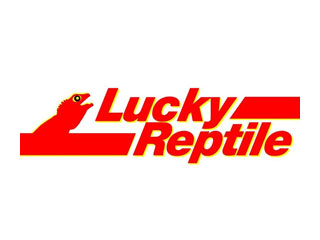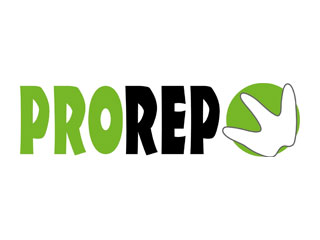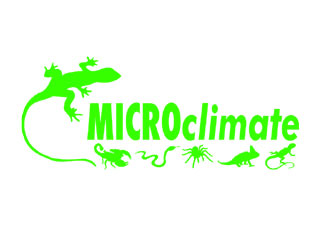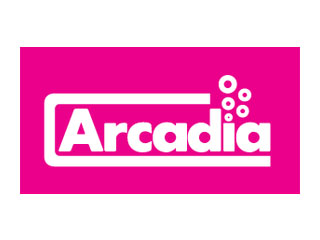Homemade pressure filter and set-up for growing on Axolotls
A cheap pressure filter made from a water pump, coffee jar and sponge I use for my Axolotl tubs.
By Philip B from Derbyshire on Saturday 29th August 2009

Clean water is an important part of keeping healthy Axolotls (as with most pets). I've tried and tested various filters over the years; but found this homemade pressure filter the best and cheapest option.

Photo of my prototype above.
I grow-on juvenile Axolotls in 32ltr, 42ltr and 62ltr plastic underbed storage tubs; I find these containers cheap to buy, quicker and easier to maintain than setting up a seperate fish tank. And the homemade filters have saved me countless hours.

What you need to make this pressure filter
- Submersible water pump
- Some hose to fit pump
- A jar
- Some sponge
- Bio Ceramic System (optional)
The submersable water pump
I've experimented with several types/brands of pump - found this Submersible Water Pump to be the best for my Axolotl set-up. Although different pumps may be more suitable for water dishes or other water featrures.
The Submersible Water Pump runs at 11watts, pumping 300ltr of watrer per hour. It has suction-pads to keep it in place and the inlet is on the side (rather than the bottom) - making it easy to clean if it gets clogged with plant matter.
Clear PVC hose to fit the pump
12mm inner-diametre (id) and 15mm outer-diametre clear PVC hose (food safe) fits the Submersible Water Pump. This type tubing is widely used for Koi Ponds.
Glass jar or other narrow neck/top container
 Any jar or container will do; as long as it has a smaller lid than the width of the jar.
Any jar or container will do; as long as it has a smaller lid than the width of the jar.
Personally, I'm using Kenco and Tesco Gold Blend - the Kenco ones are square and easier to fit the sponge in. The lids for these jars are plastic (and don't fit tight); so if you have a set-up where you want to cover top - it'd be easy to melt a whole in the top for the hose and smaller one for the water to escape.
Pasta cooking sauce jars also have very narrow necks.
The sponge
 Keeping to a budget - rather than buying filter sponge, I went to Poundland and bought a pack of four sponges for washing cars (obviously for £1.00). I find one pack will do for eight filters.
Keeping to a budget - rather than buying filter sponge, I went to Poundland and bought a pack of four sponges for washing cars (obviously for £1.00). I find one pack will do for eight filters.
More recently Poundland were selling a pack of three oval body-sponges; they have two layers of sponge, one less dense but more coarse, that fit the circular jars better.
I did rinse them first and was originally concerned they may leak nasty chemicals into my tanks - so far no problems. But if you're unsure you can get filter sponge.
Helping the bio-filter
When I was building my first filter - I looked on YouTube and searched Google for homemade filters and came across all kinds of bio-filters. To be honest, I'm not 100% sure if this works or not, but for a couple of quid it doesn't hurt. It's my understanding that when the water flows past these Bio Ceramic System cylinders, they help absorb and suck up nitrous toxins as part of their natural biological activity.
Another little natural filter cleaner are pond snails ~ I noticed that some small snails got sucked into the filter. I'm assuming they are operculates (breathe with gills) as they are growing and living happily without air in the filter.
Filter in action

Dirty pond water in my prototype tub.

Pump and filter running for about 10-15mins - water is clear.

Benefits of the filter
- The filter is constantly going, removing waste 24hrs a day.
- They are on the bottom of the tank - where the dirt build up.
- The open top jar allows the water to trickle into the tub slowly over a wide area - causing minimal flow (If your using it for Axolotls; put the pump near the middle of your tub - as the Axolotl swims around the edges of the container it helps push dirt to the centre, and into the pump).
- Pumps are only 11watts - so very economical to run.














